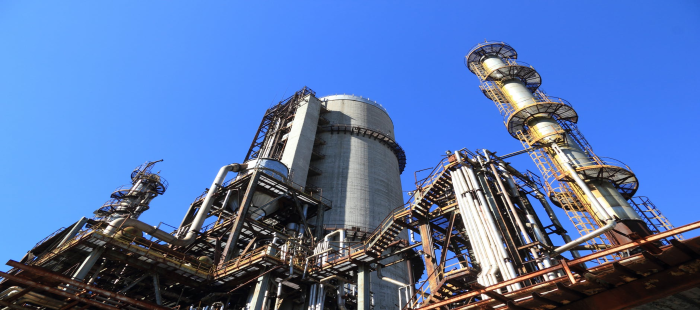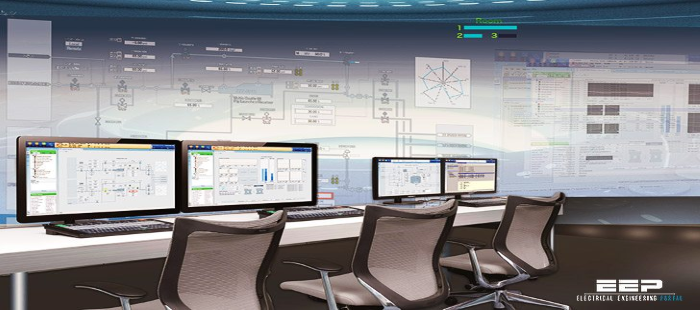
In industrial scenarios that deal with water, waste and oil and gas, the technology used to monitor the process is often complicated. Without installing the correct technology, these industries wouldn’t be able to provide the essential services that people rely on.
Two of the most critical technological advances within the industrial world are SCADA and PLC. These technologies work hand-in-hand to provide a vital service.
What is PLC?
PLC stands for ‘Programmable Logic Controller’, which is installed to monitor system sensors, by collecting data and critical information about the flow and input within the system.
A PLC will also perform basic interventions, triggering outputs when the pre-programmed limitations are met. A PLC is a versatile piece of hardware; able to perform under challenging conditions where advanced options and real-time usage are necessary. For instance, PLCs can control some of the more complex processes within industrial operations, such as monitoring running motors and machinery.
These devices are very flexible and easy to programme, which means they can function in a wide range of solutions. Modern PLCs were manufactured to upgrade the relays and timers which were previously used in industrial machinery.
What is SCADA?
SCADA is an acronym for ‘Supervisory Control and Data Acquisition’, which is used as a monitoring software. SCADA helps to control hardware elements and creates a record of any data collected from all the remote locations across the operation.
SCADA can be connected to computers, graphical user interfaces, sensors and data communications in order to provide a broad overview of the entire process. Teams can use SCADA to monitor systems operations to decide how to correct operational faults.
Since SCADA is a central system, it is commonly installed on a computer within the monitoring hub of a plant. In order to provide the necessary information, SCADA can work in conjunction with a variety of other systems, to pull together a range of data for assessment.
Using this collection of data, teams can input changes to control the operation of working parts across the entire operation.
What is the Difference Between PLC & SCADA?
The primary difference between a PLC and SCADA is the technology. For example, a PLC is a physical hardware, whereas SCADA is software. This means that a PLC can be picked up and physically inspected, whereas SCADA works on a computer system, and is comparable to that of an operating system, like Windows for example.
SCADA is designed to operate on a much broader scale since it can monitor and collect information from every output of a system. A PLC, on the other hand, will only focus on monitoring only one element within the system.
How PLC and SCADA Work Together

Because these technologies are so different, it’s easy to think that PLC and SCADA aren’t connected. However, the association between the two technologies are crucial. Both PLCs and SCADA are used within the same industrial context.
This means that the two work together to support safe and effective operation within a plant. SCADA can be looked upon as the broad software structure that supports the overall system. Whereas PLCs operate within the system that SCADA oversees.
The PLCs require SCADA to control their operation, whereas the SCADA needs the data collected by the PLCs to do this job effectively.
For instance, if the system is monitoring a piece of machinery, the PLC may retrieve data that suggests there too much vibration. The PLC will send this data to the SCADA software, which will then inspect the readout data and decide whether adjustments must be made to the operation of the system. If change is needed, SCADA will send the instruction back to the PLCs, which will then enable the change.
Takeaways
As we’ve discovered in this blog, it is not a case of SCADA versus PLC, but rather a matter of two technologies working in harmony. By breaking down the functions of both of these systems, it’s plain to see how they work in conjunction with each other to facilitate superior industrial performance.
If you want to learn more about SCADA software or PLC hardware, don’t hesitate to contact us today.
